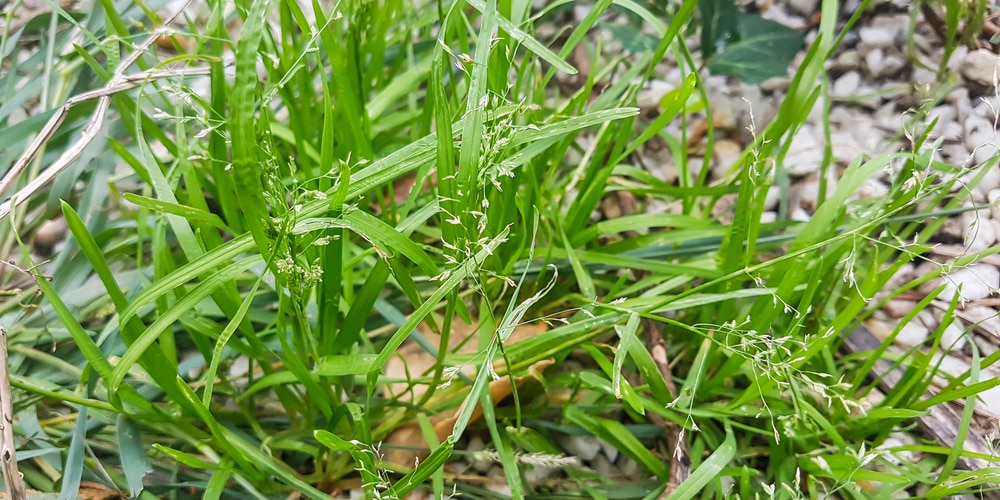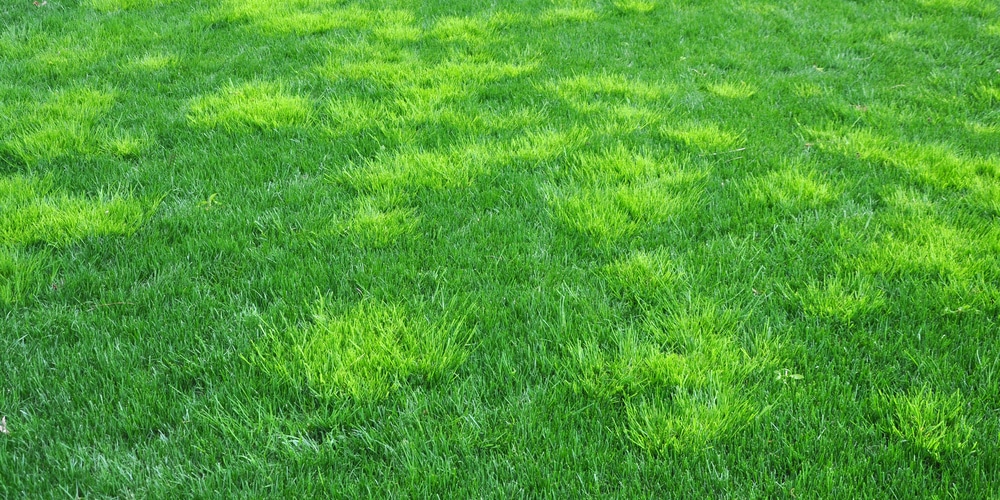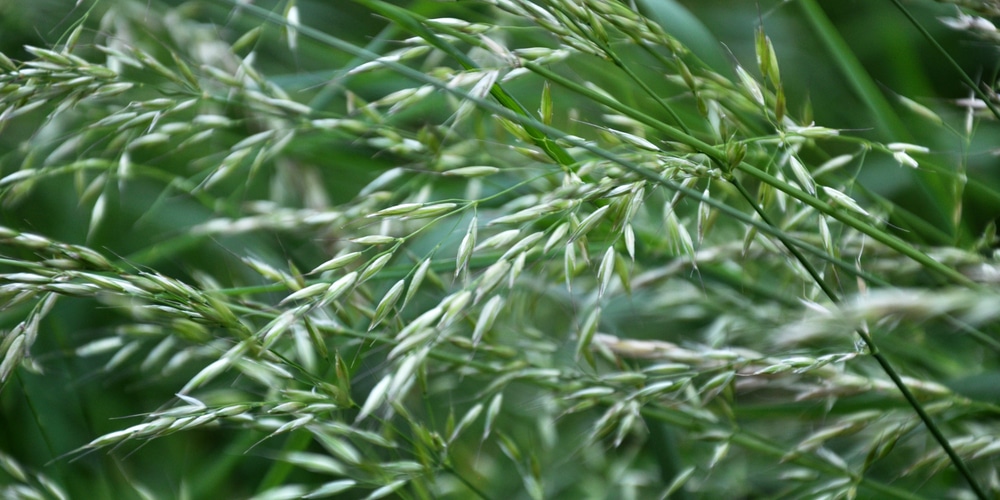Poa annua or annual bluegrass weed can be a problem for those who want their lawns in tip-top shape. In your search for herbicides and methods that can kill annual bluegrass, you may have chanced upon the weed killer solution Tenacity.
Does Tenacity kill Poa Annua? What works best against poa annua? We’ll discuss the answers to these questions below.
Does Tenacity Herbicide Kill Poa Annua?

Tenacity is a pre- and post-emergent herbicide solution that offers weed control in turf grasses, which means you can use it to stop weeds from growing or kill existing ones through soil absorption and foliar contact.
On the label, the manufacturers of Tenacity say that it can only prevent poa annua seeds from growing and not when the weed is already established. However, some people swear by the fact that Tenacity is one of the best selective herbicides you can use to kill annual bluegrass without harming the rest of your lawn.
You can try Tenacity off-label and apply the herbicide on your lawn around September in two-week intervals up to four times total. This should stop the seeds from sprouting and eliminate future seeds, thereby stopping its annual cycle. You can spray pre-emergent herbicides in fall, then in early spring, and before your grass wakes up from dormancy.
Is Tenacity the Best Herbicide for Poa Annua?
Tenacity is a good choice as a pre-emergent herbicide for annual bluegrass as it won’t harm your existing lawn. However, it’s not as potent as other lawn treatment products when it comes to eliminating poa annua.
Here are some other herbicides you can use to get rid of poa annua.
RoundUp
RoundUp is a potent lawn treatment solution that can kill a large number of weeds, including poa annua. It’s worth noting that RoundUp is a non-selective herbicide, which means that the spray will kill all plants that it comes in contact with.
The only exception is when the plant or grass is dormant, but otherwise, you should cover the plants that you want to save and do spot treatment instead of a wide application.
Prograss EC
Prograss EC works very well versus poa annua if it’s already established on your lawn. The best part is that you can spray with Prograss any time during spring or summer or even winter. Follow the instructions as stated on the product label and repeat after two to three weeks if the annual bluegrass infestation is severe.
Atrazine
Atrazine is preferred by St. Augustine and Centipede grass lawn owners as it eliminates poa annua quickly. However, it should not be used on Bermuda or Kentucky Bluegrass or else you’ll experience a withered turf.
The product works as a pre-emergent and post-emergent herbicide, killing poa annua and preventing future seeds from sprouting. If your lawn is suffering from crabgrass infestation then Atrazine is a great solution as well. Similar to Prograss, you can spray Atrazine any time during fall, summer, or spring.
How to Kill Poa Annua Without Harming Grass?
Keep Your Lawn Healthy
Prevention can very well be the best solution to stop poa annua, and it starts with a lush and healthy lawn.
Sometimes it’s just a matter of paying close attention to your grass during the growing season. Water your lawn regularly and feed with the right fertilizer to support root and leaf development. You’ll also want to mow at least once a week and at the right height. Generally, you can set the mowing height to around 2-3 inches for optimal growth and spread.
Manual Pulling and Digging
Herbicides can be an easy way to kill poa annua living on your lawn, but if you’re looking for a safer method then you can employ the traditional ‘pull and dig’ method.
To start, you can locate where poa annua weeds are growing and give them a good tug. This may require some time and effort, but then you’ll be leaving your grass and other plants relatively unharmed.
After pulling the weed out of the ground, use a small shovel to dig up the roots and any seeds that may have fallen. Do this once a week or so until you remove all traces of annual bluegrass in your yard. In bare patches, it’s recommended that you reseed immediately to fill your lawn.


